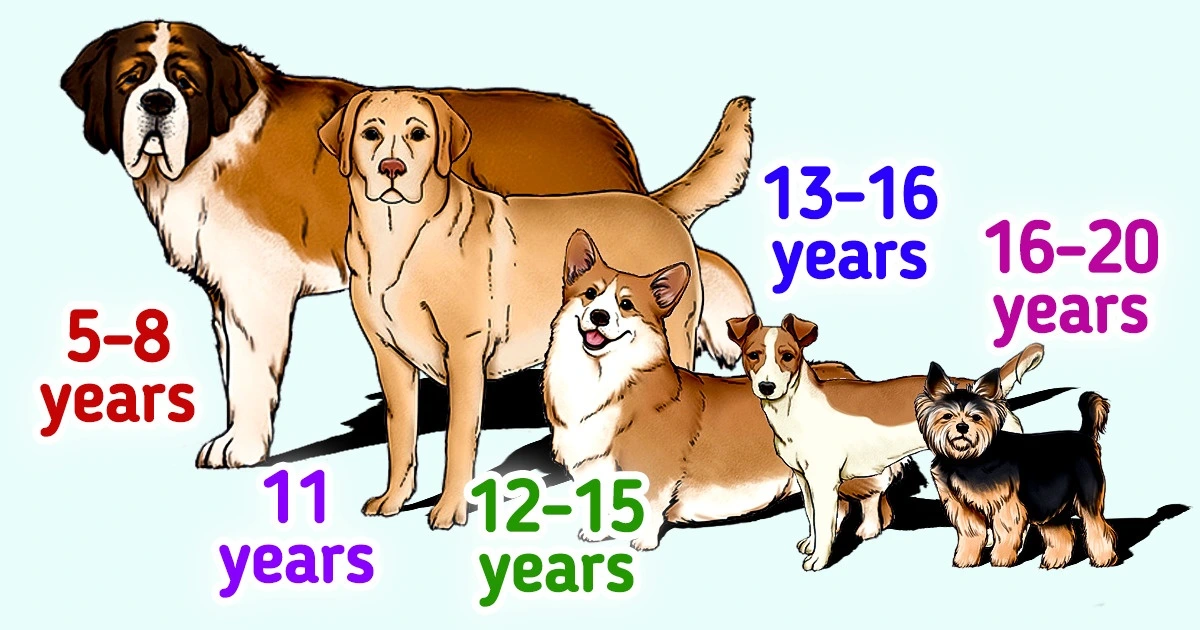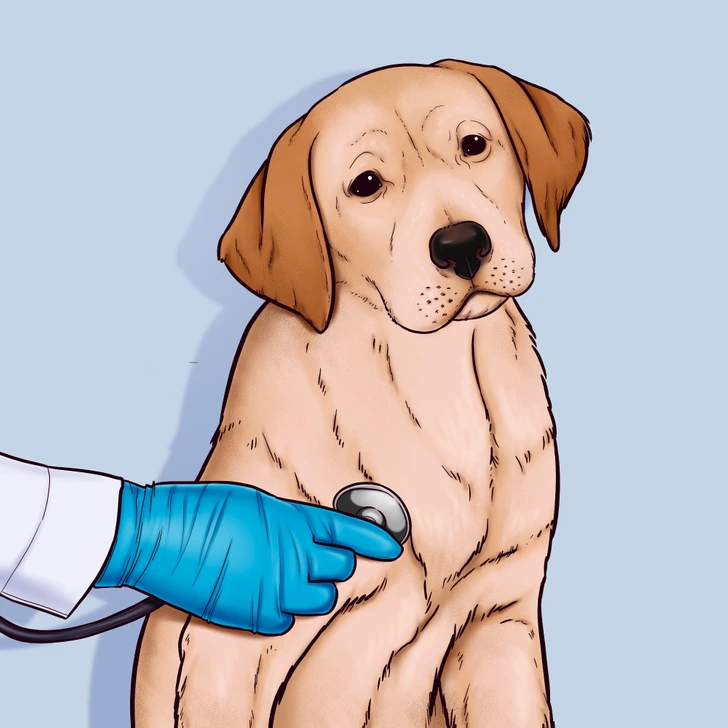How Long Will Your Dog Be With You? More Than Just a Number
You adore your dog like family, but have you ever stopped to wonder how long they might actually be with you? The answer goes far beyond the old adage “small dogs live longer than big dogs.” Hidden factors—from breed-specific health risks to daily habits—can quietly shorten or extend your pet’s life, and paying attention could add precious years.

Understanding Dog Lifespans
Dogs are cherished family members, and knowing their potential lifespan helps you prepare emotionally and practically. While some breeds may live less than a decade, others thrive into their late teens—or even early twenties.
Lifestyle Matters

Daily attention and exercise are vital. Walks help burn energy and maintain fitness, while off-leash play in secure areas allows freedom to run. Mental stimulation—through training classes, dog clubs, or interactive games—keeps their minds sharp.
Health Considerations
Routine veterinary check-ups, vaccinations, and preventive care are key to extending life. Certain breeds are prone to specific health issues, so early detection matters. Managing chronic illnesses properly can make a major difference.
Dental health is crucial—gum disease and tooth loss can lead to broader health problems if neglected.

Hygiene Practices
Keeping your dog clean helps prevent infections. Wash paws after walks, bathe according to breed needs, brush fur regularly, and monitor ears, eyes, and teeth. Maintain clean bowls, disinfect toys, and launder bedding, towels, and pet clothes to support a healthy environment.

Nutrition
A balanced diet—commercial or homemade—should include proteins, fats, carbohydrates, vitamins, and minerals. Avoid overfeeding and provide constant access to fresh water. Proper nutrition supports long-term health and prevents obesity-related complications.

Lifespan by Size and Breed
Smaller dogs generally outlive larger breeds, though exact reasons aren’t fully understood. Typical life expectancies:
Small dogs: 10–15 years, some up to 18+
Medium dogs: 10–13 years
Large dogs: 8–12 years
Mixed-breed dogs often live longer than purebreds, likely due to fewer inherited health issues.

Examples of Popular Breeds:
Labrador Retriever — 11 years
German Shepherd — 11 years
Golden Retriever — 11 years
French Bulldog — 8–10 years
Beagle — 12–15 years
Siberian Husky — 12–15 years
Great Dane — 6–8 years
Pomeranian — 12–16 years
Breeds with Shorter Lifespans (often due to size/health risks):
French Mastiff — 5–8 years
Great Dane — 6–8 years
Bernese Mountain Dog — 6–8 years
Irish Wolfhound — 6–10 years
Longest-Lived Dog Breeds:
Yorkshire Terrier — 16–20 years

Toy Poodle — 14–20 years
Chihuahua — 14–20 years
Dachshund — 14–20 years
Lhasa Apso — 14–20 years
Signs of Aging in Dogs

As dogs get older, watch for:
Cloudy eyes and declining vision
Frequent urination (possible kidney issues)
Behavioral changes: irritability, confusion, dementia

Mobility issues: arthritis, hip dysplasia
Weight fluctuations
Increased lethargy and deeper sleep
Fatty lumps (lipomas), usually benign
Conclusion
Understanding a dog’s life expectancy isn’t just about numbers—it’s about recognizing their needs, maintaining their health, and giving consistent care. Nutrition, exercise, hygiene, and regular veterinary attention can help your dog live longer, healthier, and happier. Small daily choices—like brushing teeth, washing paws, or monitoring behavior—compound over the years, giving your beloved companion the gift of a full, active life.
